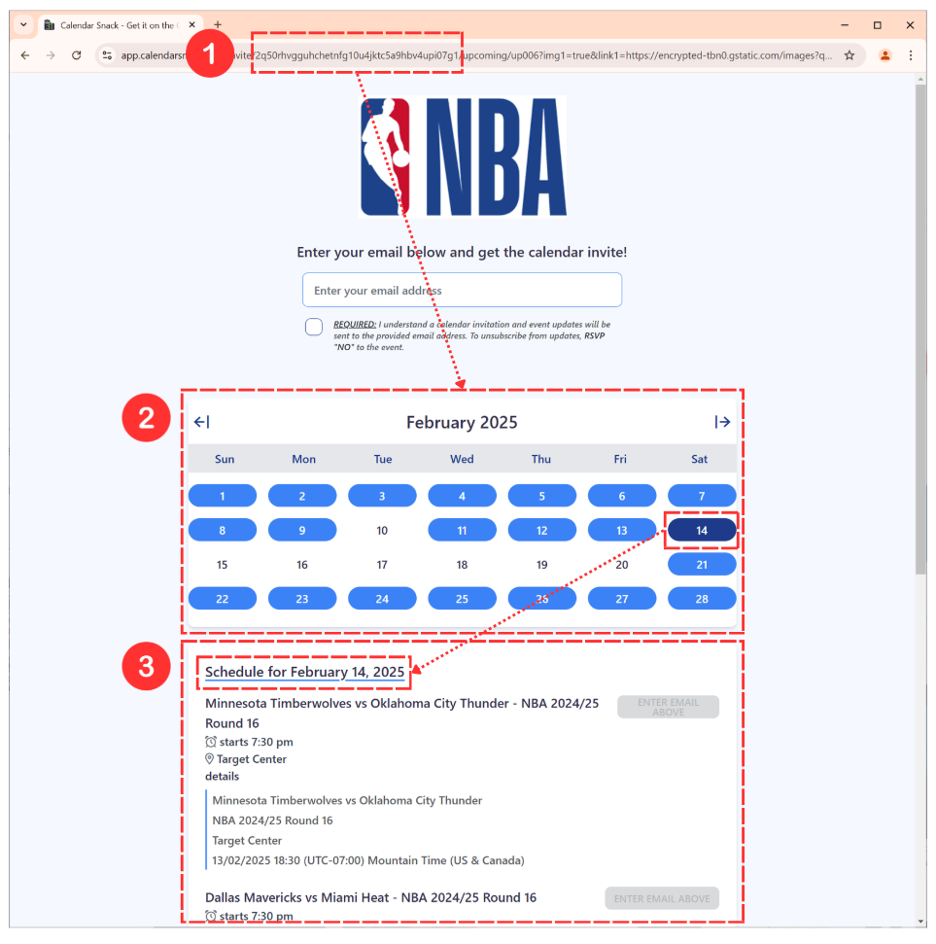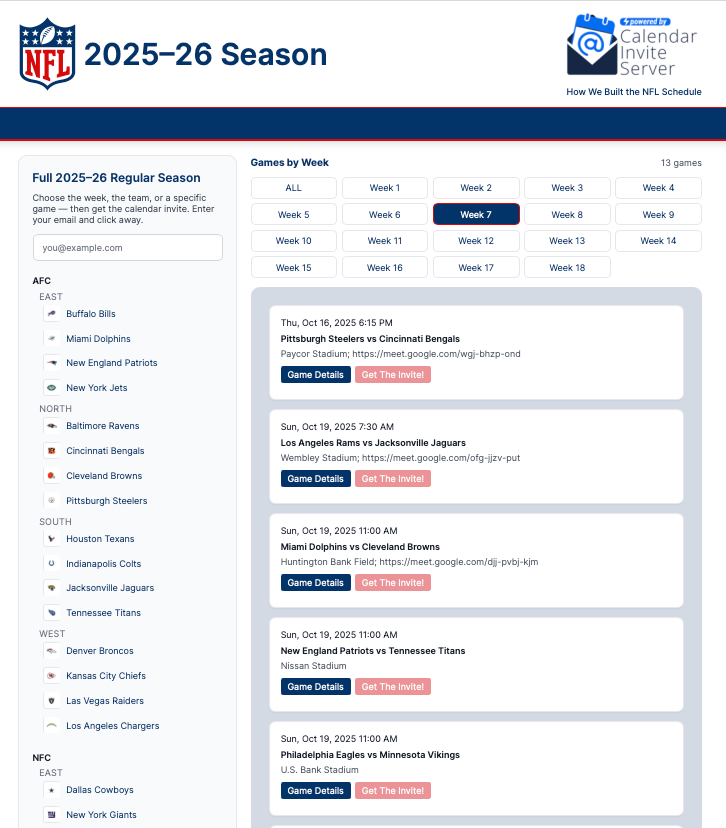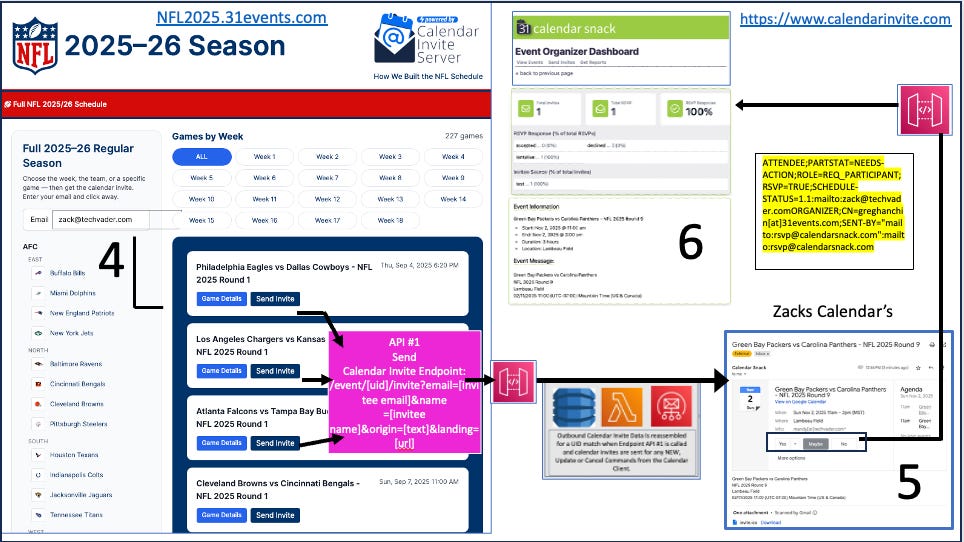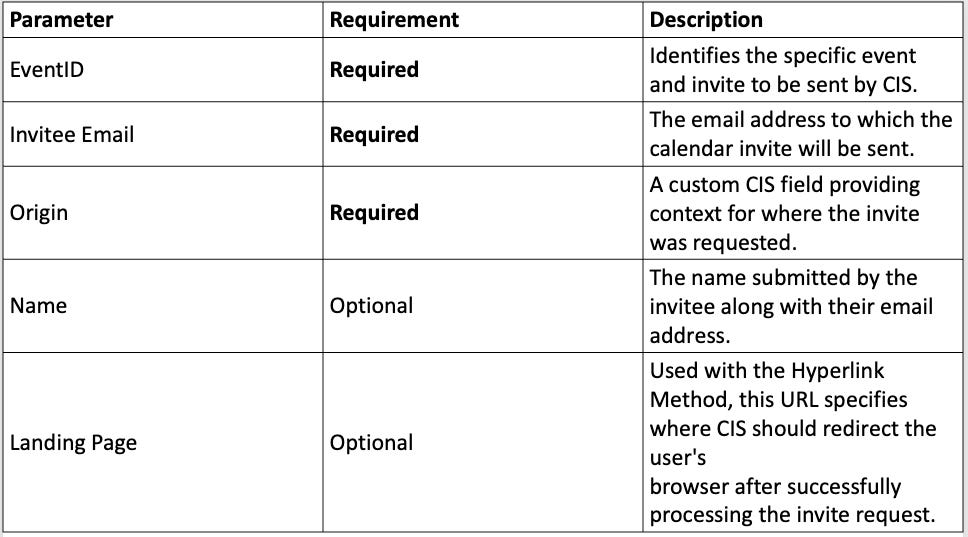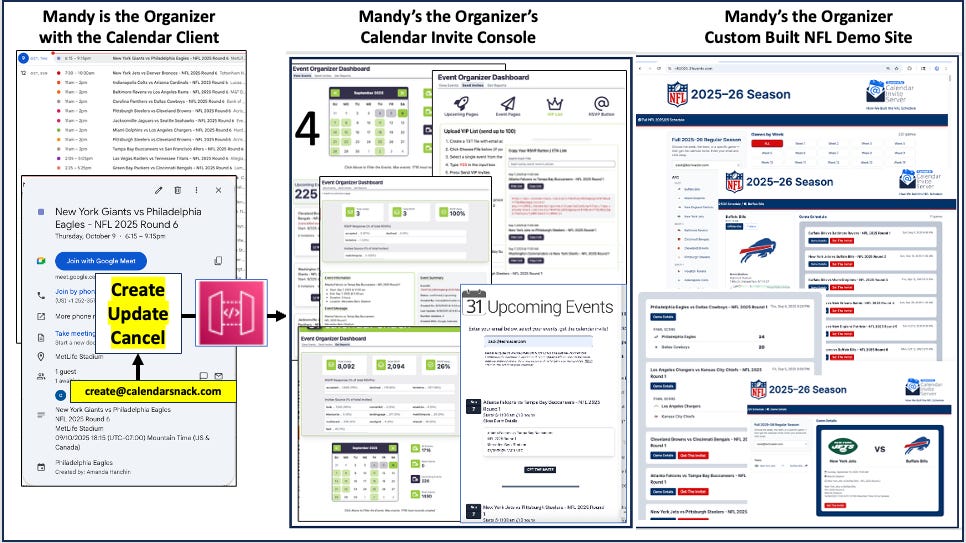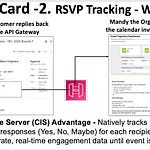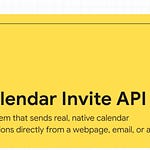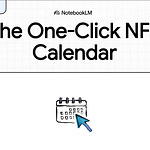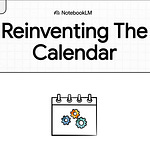1.0 Introduction: Bridging Digital Marketing and Calendar Integration
In digital marketing, the critical challenge is converting prospect interest on a landing page into a confirmed, scheduled engagement. The Calendar Invite Server (CIS) is architected to solve this conversion problem by providing an API-driven framework that embeds scheduling functionality directly into the marketing funnel, seamlessly closing the loop between interest and action.
The purpose of this whitepaper is to provide a comprehensive technical overview of the CIS architecture, its API workflows, and the data handling model. This document is intended for system architects and developers who are evaluating or implementing CIS to build custom, high-performance calendar integration solutions.
We will begin by examining the high-level system design that underpins the platform’s flexibility and power.
2.0 The CIS Architectural Model: A Decoupled Approach
The strategic foundation of the Calendar Invite Server is a decoupled, API-first architecture. This model establishes a clear separation of concerns, allowing the back-end to remain stable and serve multiple, disparate clients (e.g., a landing page, a mobile app, an internal dashboard) while granting front-end teams the autonomy to iterate on UI/UX independently without requiring back-end redeployment. This approach provides maximum flexibility for front-end development while ensuring a robust and standardized back-end service.
The CIS architectural model consists of two primary components:
1. The Calendar Invite Server (CIS): This is the authoritative back-end, responsible for serving event data and handling the core invite-sending functions. All interactions are managed through a set of well-defined APIs, which act as the contract between the back-end and any client implementation.
2. The Client-Side Implementation: This is the user-facing component, such as a web-based landing page, that consumes the CIS APIs. It is built using standard web technologies like HTML, CSS, and Javascript. The Calendar Snack reference application utilizes a modern stack, including Vue JS for interactivity, Tailwind CSS for styling, Axios for API communication, and Day JS for date/time handling.
To illustrate how these components interact, consider the “Upcoming Events Landing Page” example. The client-side application makes API calls to CIS to retrieve event data. The server responds with structured JSON, which the client then processes and renders into a user-friendly calendar view. The CIS remains agnostic to the presentation layer, focusing solely on data integrity and invocation execution.
This architectural overview sets the stage for a deeper look into the specific mechanics of how data is retrieved from the server and prepared for the user.
3.0 Data Lifecycle: Retrieval, Processing, and Presentation
The reliability and performance of any application powered by the Calendar Invite Server depend on a well-defined, multi-step process for fetching and preparing event data for display. This lifecycle ensures that the client application can reliably manage its view state and present users with accurate, relevant, and chronologically correct information.
3.1 The Two-Step Data Retrieval Pattern
To populate a landing page with a complete set of events, the client-side application must execute a sequential, two-step GET API process. This two-step pattern acts as a scoped query mechanism, ensuring a client first validates a specific event context (EventID) before being granted access to an organizer’s entire event catalog. This prevents broad, unauthorized data fishing and focuses the initial request.
1. Initial Request (Single Event): The process begins with a GET API call that uses a unique EventID (typically provided via the URL) to retrieve a single event’s data in a JSON format.
2. Secondary Request (All Organizer Events): This Organizer’s Email Address is extracted from the first JSON response and used as the parameter for a second GET API call. This retrieves a complete JSON Array of all events associated with that organizer.
3.2 API Security and Authentication
To ensure secure data access, the CIS GET APIs are designed to require API Key authentication. Every request made to retrieve event data must include this key, which validates the client application’s permission to access the information.
3.3 Client-Side Data Handling and Transformation
Once the complete JSON Array of events is retrieved, the client-side application is responsible for critical data transformation logic before display. Offloading sorting and filtering to the client reduces computational load on the server, enhancing back-end scalability. This architectural trade-off necessitates robust client-side code, assuming the client device has sufficient processing power to handle potentially large datasets efficiently.
Mandatory processing steps include:
• Data Re-sorting: The API returns the event array in a “Last In, First Out” order. The client must re-sort this array into a chronological “Now to Future” structure.
• Filtering Past Events: Logic must be implemented to parse the sorted array and eliminate all past events to maintain relevance.
• User-Driven Filtering: Client-side logic is used to display a subset of events based on user selection. In the monthly calendar example, clicking a specific day filters the master event array to show only events for that date.
To recap, the client-side application must perform the following sequence to prepare data for display:
• Use the EventID to GET a single event.
• Use the organizer’s email from the first response to GET a list of all events.
• Filter out all past events from the retrieved data.
• Re-sort the remaining event data into a chronological “Now to Future” order.
• Apply UI filters to display events for a user-selected day.
4.0 The Calendar Invite Submission Workflow
The strategic goal of the submission workflow is to capture user intent with minimal friction and translate it into a successful calendar invite through a precise API call to the CIS back-end.
4.1 User Data Capture and Permissions
The front-end is responsible for capturing user information via two key elements: a text input box for the Invitee Email and a permission checkbox. By design, the “Send Invite” button is disabled until a valid email is entered and permission is granted. While the system can collect optional data, such as the invitee’s Name- The primary Calendar Snack implementation focuses on email-only capture to reduce user friction.
4.2 The Send Invite API Endpoint
The core of the submission process is the Send Invite API, a GET request designed to trigger the invite-sending function on the CIS backend. It is a notable design choice that this API is implemented as a GET request. While this deviates from strict RESTful principles, where a POST request is typically used for resource creation, it significantly simplifies implementation for the Hyperlink Method. It provides a straightforward, stateless endpoint for client-side calls.
Two implementation methods are supported:
• Hyperlink Method: This simple method structures the API call as a standard hyperlink. It is ideal for basic implementations where a page redirect after submission is acceptable.
• JavaScript Method: Used by the reference landing pages, this method calls the API in the background without a page redirect. This enables a modern, seamless Single-Page Application (SPA) experience by providing immediate, in-context user feedback, such as an on-page “success” message.
4.3 API Data Parameters
The Send Invite API call requires a specific set of data parameters to execute correctly, providing the CIS with all necessary information to generate and track the invite.
4.4 Backend Operations and System Response
Upon receiving a valid Send Invite API request, the Calendar Invite Server sends the calendar invite to the user’s email inbox and calendar simultaneously. It also automatically creates an Invitee record associated with the event, a critical function for the system’s auditing and tracking capabilities.
This automated back-end process allows developers to focus on the front-end experience, confident that the core invite mechanism is handled reliably.
5.0 Conclusion: Architectural Flexibility and Integration
The Calendar Invite Server’s architecture is fundamentally designed for flexibility. By providing core back-end services—secure data retrieval and reliable invite sending—through a clean API, CIS empowers developers to build completely custom front-end experiences. This decoupled model grants developers complete control over presentation using a standard. HTML, CSS, and JS, enabling applications tailored to any brand or use case.
Ultimately, the CIS API provides a robust and flexible foundation for building a wide variety of custom landing pages and applications that require seamless calendar integration. Calendar Snack stands as a fully functional reference application built upon this architecture, demonstrating a powerful and effective digital marketing tool.


